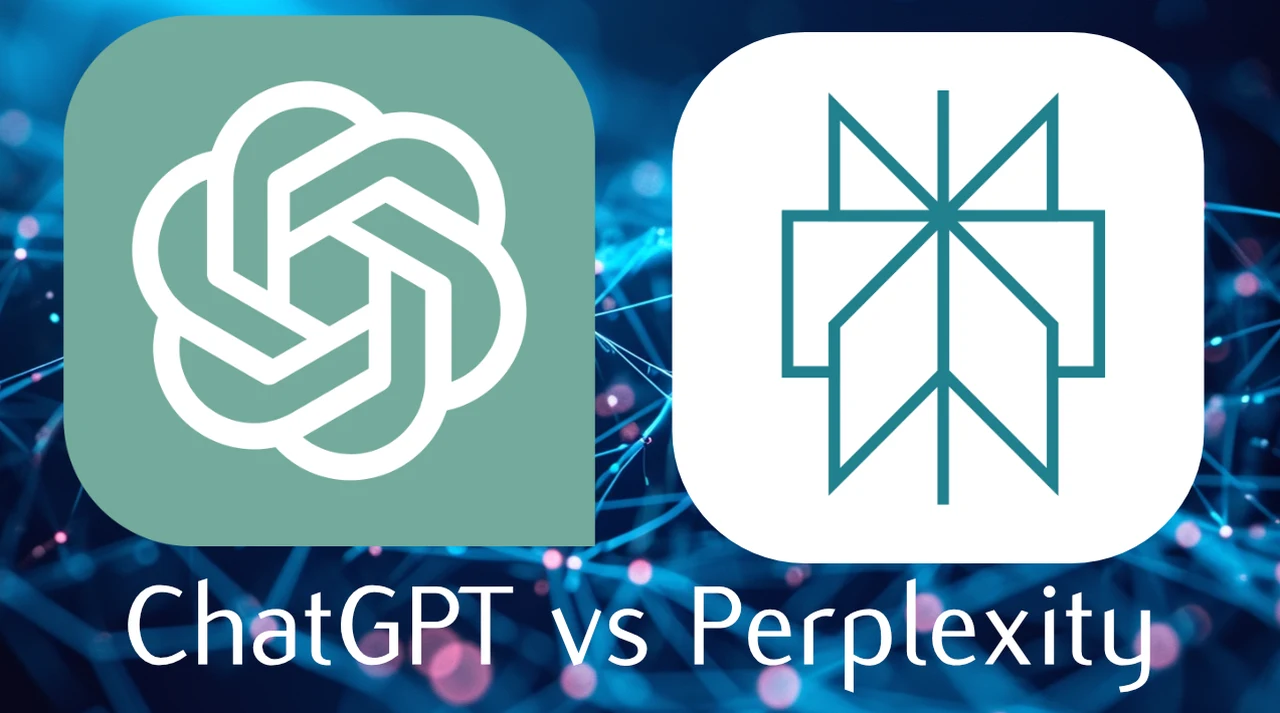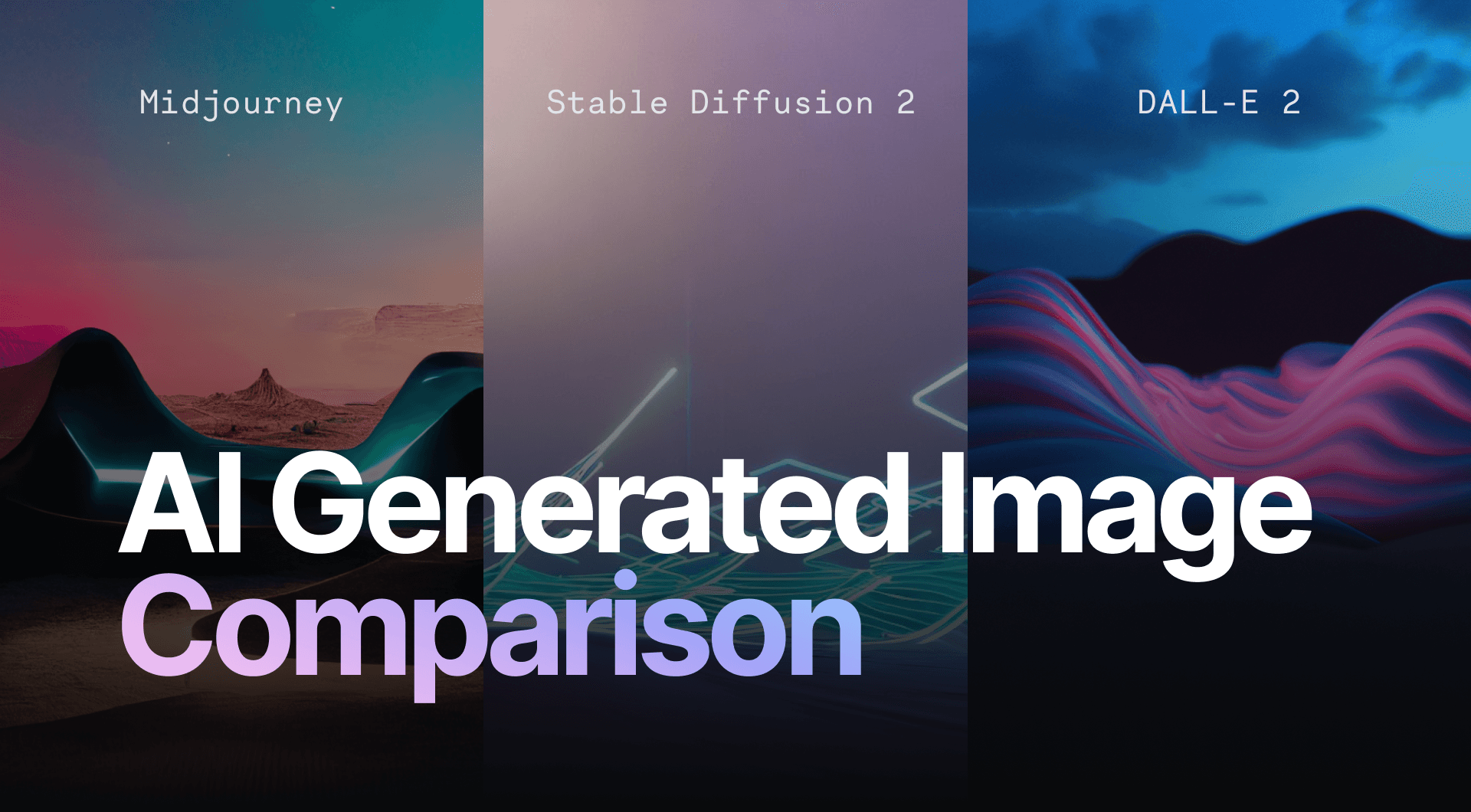
Table of Contents
Overview: AI Revolution in Software Development
The landscape of software development has been transformed by artificial intelligence, with coding assistants becoming essential tools for developers in 2025. These AI-powered solutions now handle everything from code completion to debugging, significantly boosting productivity and reducing repetitive tasks.
Modern AI coding tools go far beyond simple autocomplete. The best platforms offer contextual understanding of entire codebases, generate complex functions from natural language descriptions, and even suggest architectural improvements. They've become indispensable for both solo developers and large engineering teams.
The market has matured significantly since the early days of GitHub Copilot, with specialized tools emerging for different programming paradigms and development environments. Some excel at web development, others at data science, and others at system programming. Understanding these specializations is key to selecting the right tool for your workflow.
This guide examines the 10 best AI coding tools available in 2025, analyzing their strengths, weaknesses, and ideal use cases. We've tested each platform across various programming tasks to provide authentic, experience-based recommendations.
Top AI Coding Tools in 2025
| Tool | Best For | Key Strength | Our Rating |
|---|---|---|---|
| GitHub Copilot X | Full-stack development | Deep IDE integration | 9.6/10 |
| Amazon CodeWhisperer Pro | Enterprise development | Security scanning | 9.3/10 |
| Tabnine Enterprise | On-premises solutions | Code privacy | 9.1/10 |
| Cursor Pro | AI-first development | Whole-project context | 9.0/10 |
| Replit AI | Education & prototyping | Cloud-based workflow | 8.8/10 |
| Sourcegraph Cody | Large codebases | Codebase navigation | 8.7/10 |
| DeepSeek Coder | Algorithm development | Math optimization | 8.6/10 |
| Codeium Teams | Startups | Cost-effectiveness | 8.5/10 |
| Phind Pro | Problem solving | Technical explanations | 8.4/10 |
| AskCodi | Rapid prototyping | Code generation speed | 8.2/10 |
1. GitHub Copilot X
The evolution of GitHub Copilot remains the gold standard for AI pair programming in 2025. Copilot X offers deep integration with Visual Studio Code, JetBrains IDEs, and now supports entire codebase context awareness. It excels at generating boilerplate code, test cases, and documentation while maintaining style consistency.
2. Amazon CodeWhisperer Pro
Amazon's enhanced CodeWhisperer stands out for enterprise development with built-in security scanning and AWS service integration. Its real-time vulnerability detection prevents common security issues before they reach production, making it ideal for regulated industries.
3. Tabnine Enterprise
Tabnine continues to lead in on-premises AI coding assistance, offering full code privacy with locally-hosted models. Its customizable AI adapts to your codebase's unique patterns while keeping proprietary code secure within your infrastructure.
Key Features Compared
Code Completion
GitHub Copilot X and Cursor provide the most accurate multi-line suggestions with full project context awareness.
Code Generation
Replit AI and AskCodi generate complete functions fastest from natural language descriptions.
Debugging Assistance
DeepSeek Coder and Phind excel at explaining errors and suggesting fixes with technical depth.
Code Review
CodeWhisperer Pro and Tabnine Enterprise offer the most thorough automated code reviews.
Documentation
Copilot X and Sourcegraph Cody generate the most accurate inline documentation and comments.
Test Generation
Cursor and Tabnine create the most comprehensive unit test suites matching code functionality.
Pricing Analysis: Value for Money
Premium Tier Tools
- GitHub Copilot X: $19/month - Best all-around value
- CodeWhisperer Pro: $25/month - Enterprise security features
- Tabnine Enterprise: Custom pricing - On-premises solution
- Cursor Pro: $20/month - Whole-project context
Budget-Friendly Options
- Codeium Teams: $12/user/month - Affordable for startups
- Replit AI: $15/month - Cloud-based workflow
- AskCodi Pro: $10/month - Fast prototyping
Free tiers are available for most tools but with significant limitations. Copilot offers limited free access for students and open-source maintainers, while Codeium provides generous free usage for small projects.
Programming Language Support
Best for JavaScript/TypeScript
GitHub Copilot X, Replit AI, and Cursor provide exceptional support for modern web development stacks with framework-specific patterns.
Best for Python
DeepSeek Coder, CodeWhisperer, and Tabnine excel at data science and AI development workflows.
Best for Java/C#
Tabnine Enterprise and CodeWhisperer offer robust support for enterprise object-oriented languages.
Best for Go/Rust
Cursor and Sourcegraph Cody provide excellent systems programming assistance.
Best for Legacy Languages
Phind and Codeium offer surprisingly good support for COBOL, Fortran, and other legacy systems.
IDE and Editor Integration
| Tool | VS Code | JetBrains | Neovim | Cloud IDEs |
|---|---|---|---|---|
| GitHub Copilot X | Excellent | Excellent | Good | Good |
| CodeWhisperer | Excellent | Good | Fair | Excellent |
| Tabnine | Excellent | Excellent | Excellent | Fair |
| Cursor | Built-in | N/A | N/A | N/A |
| Replit AI | Fair | Fair | Poor | Built-in |
Specialized Environments
For data scientists, Jupyter Notebook integration is strongest in DeepSeek Coder and CodeWhisperer. For mobile developers, Android Studio and Xcode support is best in Tabnine and Copilot respectively.
Best Use Cases for Each Tool
Web Development
Recommended: GitHub Copilot X, Cursor, Replit AI
These tools excel at modern web frameworks like React, Next.js, and Svelte, with quick component generation and API integration.
Data Science
Recommended: DeepSeek Coder, CodeWhisperer, Tabnine
Provide excellent support for pandas, NumPy, and ML workflows with data visualization suggestions.
Enterprise Systems
Recommended: CodeWhisperer Pro, Tabnine Enterprise
Offer robust security scanning and compliance features for large-scale business applications.
DevOps & Infrastructure
Recommended: CodeWhisperer, Sourcegraph Cody
Excellent at Terraform, Kubernetes, and cloud architecture patterns.
Education
Recommended: Replit AI, Codeium
Provide clear explanations and learning-focused features for students.
Open Source
Recommended: GitHub Copilot, Sourcegraph Cody
Integrate well with public repositories and community coding patterns.
Pros and Cons: Honest Assessment
Cloud-Based Tools
Pros:
- Always up-to-date models
- No local resource usage
- Easier team collaboration
- Faster new feature rollout
Cons:
- Requires internet connection
- Code privacy concerns
- Less customizable
On-Premises Tools
Pros:
- Complete code privacy
- Works offline
- Customizable to codebase
- Better for regulated industries
Cons:
- Higher setup complexity
- Local resource intensive
- Updates less frequent
How to Choose the Right AI Coding Tool
1. Assess Your Primary Stack
Match tool strengths with your main programming languages and frameworks. JavaScript developers might prioritize different features than Python data scientists.
2. Evaluate Security Needs
For proprietary code, consider on-premises options like Tabnine. Open-source projects can leverage cloud-based tools more freely.
3. Consider Team Size
Enterprise teams need different collaboration features than solo developers. Look for appropriate licensing models.
4. Test in Your Workflow
Most tools offer free trials. Test them with your actual projects rather than demo code.
5. Check IDE Compatibility
Ensure seamless integration with your preferred development environment before committing.
Future Trends in AI Coding Tools
1. Full-Project Understanding
Tools will better comprehend entire codebases, suggesting architectural improvements beyond individual files.
2. Automated Refactoring
AI will safely transform code between patterns and paradigms while preserving functionality.
3. Natural Language Development
Higher-level feature descriptions will automatically translate to complete implementations.
4. Self-Debugging Code
AI will not just identify bugs but automatically propose and test fixes.
5. Personalized Coding Styles
Tools will adapt to individual developer preferences while maintaining team standards.
As these technologies evolve, developer workflows will shift toward higher-level design thinking while AI handles implementation details. The most successful developers will be those who effectively collaborate with AI assistants.
Frequently Asked Questions
Common questions about AI coding tools answered
No, AI coding tools augment rather than replace developers. They handle repetitive tasks and boilerplate code, allowing developers to focus on higher-level design, architecture, and creative problem-solving. The most effective use combines human expertise with AI assistance.
It depends on the tool. Cloud-based services may analyze your code to improve suggestions, which could be a concern for proprietary code. On-premises solutions like Tabnine Enterprise keep your code completely private. Always review the privacy policy of any tool before use.
Replit AI and Codeium offer excellent beginner-friendly features with explanations and learning resources. However, beginners should balance AI use with fundamental learning - relying too heavily on AI early can hinder core programming skill development.
Support varies widely. Mainstream languages (JavaScript, Python, Java) have excellent support, while niche languages may only work well with certain tools. Phind and Sourcegraph Cody often handle less common languages better than competitors due to their search-based approaches.
Yes, tools like CodeWhisperer and Tabnine are increasingly effective at understanding and modernizing legacy code. They can help translate older languages to modern equivalents while preserving business logic. However, human review remains essential for complex migrations.


